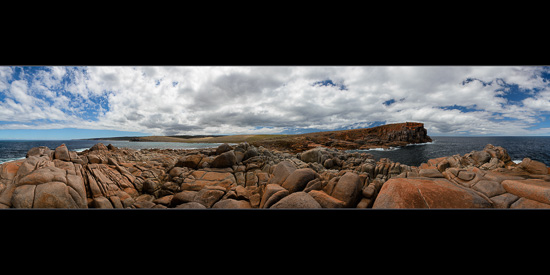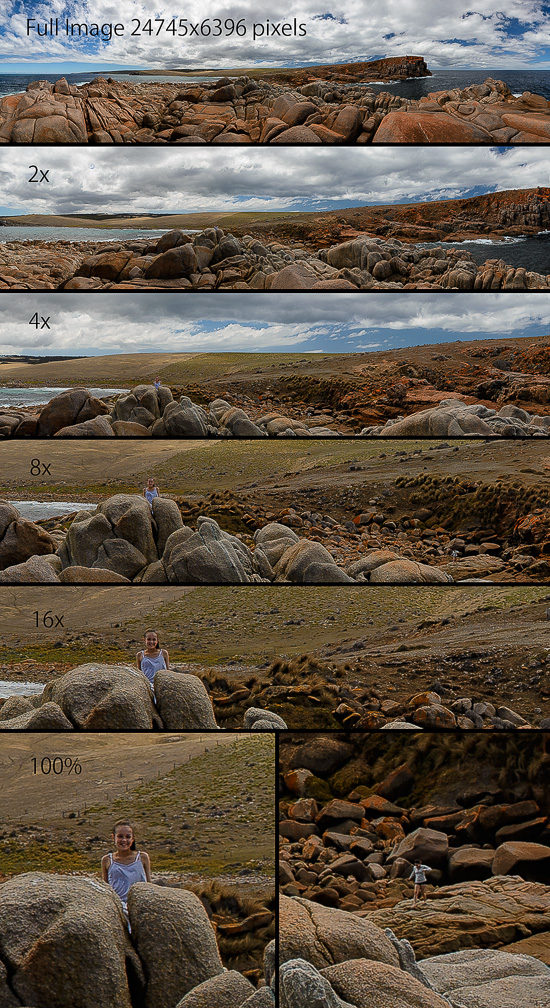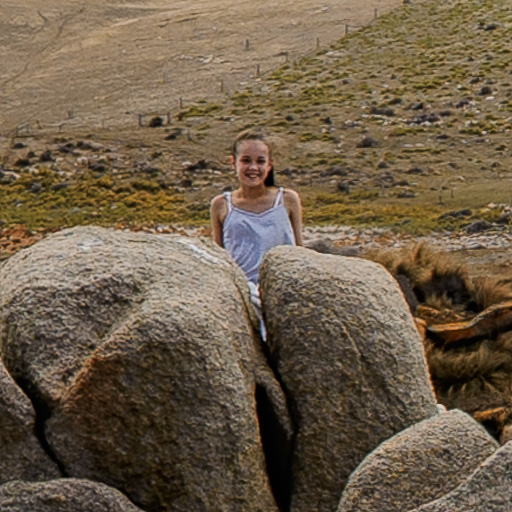What Value Resolution?…
by Rodney Campbell on Mar.17, 2015, under Life, Photography
Having discovered something interesting when stitching and editing one of my recent stitched panorama’s from Kangaroo Island I thought it was an interesting lead in to a side topic on digital image resolution.
Whirl Wind
Normally measured in pixels digital image files have a certain “resolution” which defines the number of pixels in the file (where a pixel represents a single “dot” in the digital image file).
Without going into too much boring technical detail – digital camera’s have a digital sensor which captures the light data coming through the lens and each sensor has a certain pixel count (these days measured in Megapixels (MP) (or millions of pixels)). Sensors also have a physical size which when divided up by the megapixel count of the sensor defines how big each pixels sensor bucket physically is.
So getting back to the panorama I took – on screen and displayed at a relatively small size I could possibly have taken the 360˚ panorama using my iPhone and the results might have looked reasonably similar. Likewise even with my D-SLR (which has a physically much bigger sensor and thus much better per pixel detail/dynamic range/etc) if I could get a lens which allowed me to take a 360 degree image in a single shot I’d be left with a 24MP (megapixel) image file which I’d have to crop down vertically to get this panorama aspect ratio. I’d still be left with an image which is 6000 odd pixels wide (the horizontal resolution of my camera’s sensor).
By taking multiple (15) separate overlapping images with the camera held vertically and then stitching all those frames together in software I’m able to create a massive 25,000 pixel wide (nearly 160MP image file) image file.
So what does this resolution get you, what’s the value proposition.
Firstly resolution in and of itself is not of real value. Coupled with “good” data it “can” (and they are the appropriate catch) provide value for certain use cases…
If you are only ever going to view the full image on screen then probably not a great deal (depending on the screen size and resolution). It’s likely the image will have less distortion and more and cleaner detail but not massively so and probably not to the naked eye.
However if you plan to print the image then can make a great difference. Printing a 25,000 pixel wide image allows photo realistic printing at 240dpi at sizes up to 2.65 metres wide (and you’d be able to put your face right up to the print and still see the fine detail and not the pixels).
Another possibility is being able to zoom into and crop the image. This is what I found in the panorama I’d edited. When zooming into parts of the image (at 100% – which is a massive zoom in for a file this size) I discovered my daughters in the image :). I hadn’t realised they were both in there at the time I was taking the frames for this particular panorama.
Panorama Zoomed View
The image here shows what this looks like – at the top is the full wide panorama. At the full view you’d have no idea there were people in the image so far away.
Then below I’ve started zooming into the image – each time doubling the level of magnification of the zoom into the source image file. Note that at each step there’s still more fine pixel detail in the source file and I’m not digitally zooming pixels but rather just refining my view into this massive data file. It’s not till I get to 4x view that you can see my first daughter just sticking up from behind the boulders on the left. At 8x you can see my second daughter walking across the rocks in the far distance on the bottom right.
Finally at the bottom I’ve got the 100% zoomed view where you can see the pixels in the source file at 1:1 view and still the fine detail is reasonably good. Note however that you’re still not seeing the 1:1 pixel data unless you’re viewing this sample file at full view (1024 x 1877 pixels high). Because not many screens are 2000 pixels high I’ve also included a 100% crop at 512×512 resolution which should display at native resolution on most modern displays. This 512×512 crop represents less than 1/600th of the original image file (try zooming a smartphone camera image file 50x and see what the “fine detail” looks like :)).
100% Crop









